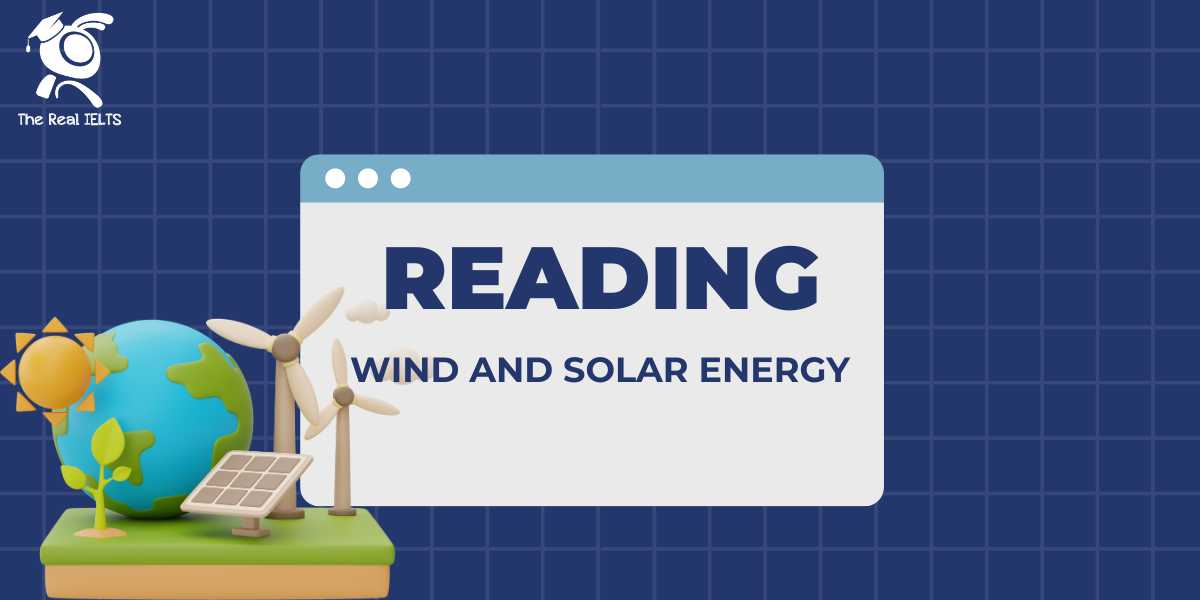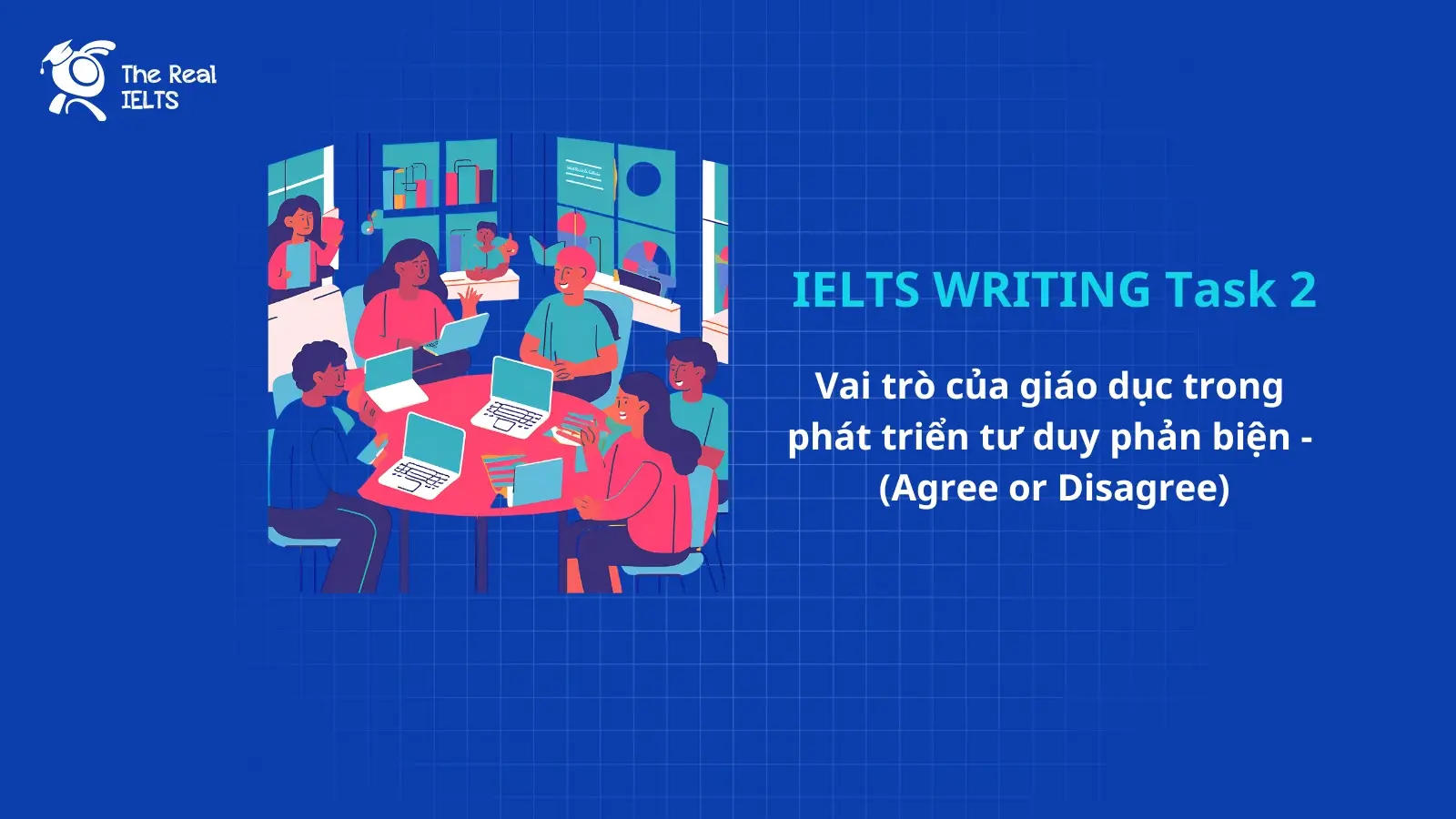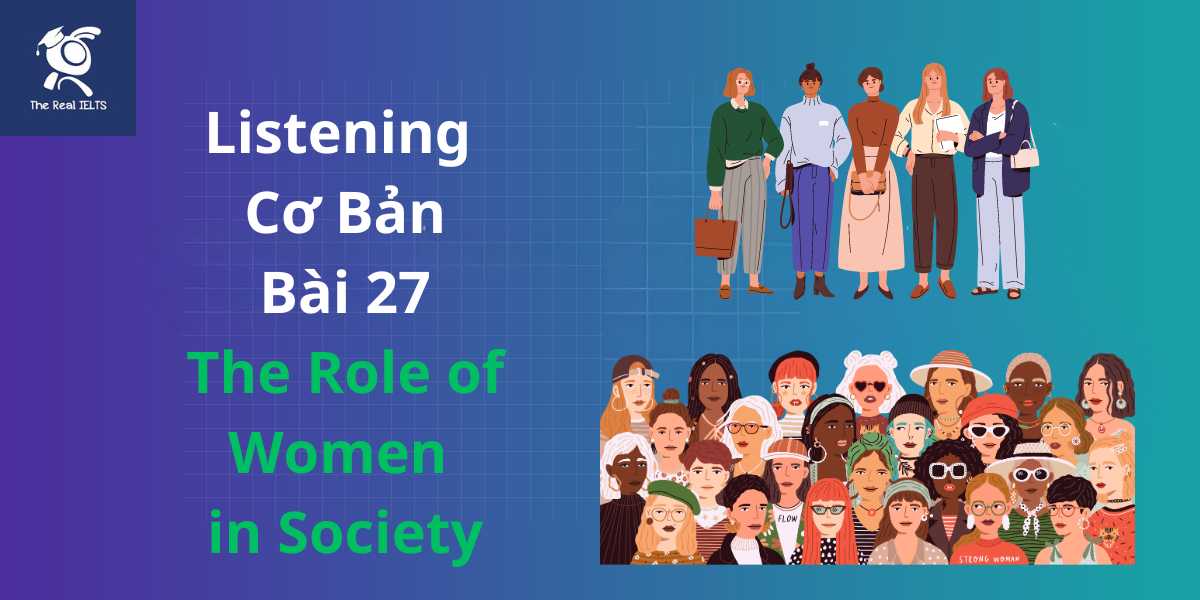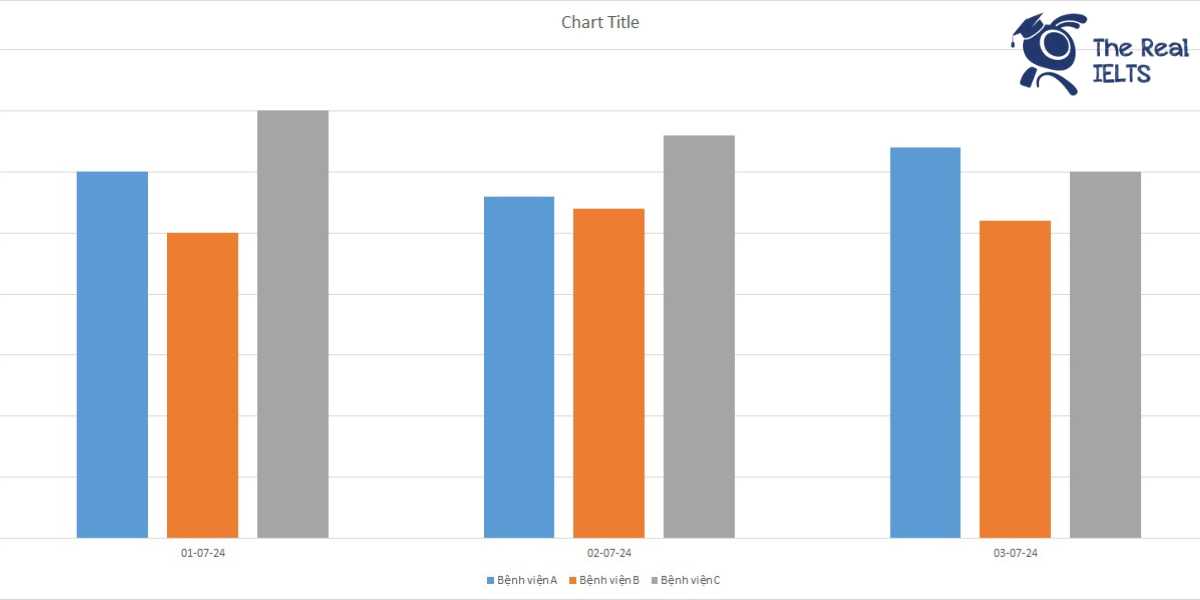Bài Reading có chủ để về năng lượng gió và năng lượng mặt trời. Sau đây là bài Reading, bạn hãy đọc kỹ và gạch chân các từ khóa ý chính của bài đọc, sau đó trả lời câu hỏi.
IELTS Reading Practice: Renewable Resources: Wind and Solar Energy
Passage
Renewable energy resources, such as wind and solar power, have become increasingly important in the global effort to combat climate change and reduce dependence on fossil fuels. Both wind and solar energy are sustainable and environmentally friendly alternatives that offer numerous benefits over traditional energy sources.
Wind Energy
Wind energy harnesses the power of wind through turbines to generate electricity. Wind farms, often located in rural areas or offshore, consist of numerous wind turbines that convert kinetic energy from the wind into mechanical power. This mechanical power is then converted into electricity by a generator.
One of the significant advantages of wind energy is its minimal environmental impact compared to fossil fuels. Wind farms produce no greenhouse gas emissions during operation, making them a clean energy source. Additionally, the land surrounding wind turbines can often still be used for agricultural purposes, providing a dual use of the land.
However, there are challenges associated with wind energy. The intermittent nature of wind means that it is not always a reliable source of power. Wind speeds can vary significantly, which can lead to fluctuations in electricity generation. Furthermore, the installation of wind farms can be expensive, and there are concerns about the visual and noise impact on local communities.
Solar Energy
Solar energy involves capturing energy from the sun and converting it into electricity or heat. Photovoltaic (PV) panels, commonly installed on rooftops or in large solar farms, are used to convert sunlight directly into electricity. Solar thermal systems, on the other hand, use mirrors or lenses to concentrate sunlight and produce heat, which can then be used to generate electricity.
The primary benefit of solar energy is its abundance. The sun provides a virtually limitless supply of energy, and even a small fraction of the solar energy reaching the Earth can meet global energy demands. Solar power systems produce no emissions during operation, contributing to a reduction in air pollution and greenhouse gas emissions.
Despite these benefits, solar energy also faces several obstacles. The initial cost of installing solar panels and thermal systems can be high, although prices have been decreasing in recent years. Additionally, solar power generation is dependent on sunlight availability, making it less reliable in regions with frequent cloud cover or at night. Energy storage solutions, such as batteries, are being developed to address this issue, but they remain costly.
Conclusion
Wind and solar energy represent promising solutions to the world’s energy challenges. While they each have their advantages and limitations, continued technological advancements and supportive policies can help maximize their potential. As the global community seeks to transition to a more sustainable energy future, the role of renewable resources like wind and solar energy will become increasingly vital.
Questions
Questions 1-4: Choose the correct letter, A, B, C, or D.
- What is one significant advantage of wind energy mentioned in the passage?
- A. It is cheaper to install than fossil fuel plants.
- B. It does not produce greenhouse gas emissions during operation.
- C. It can generate electricity continuously without interruptions.
- D. It requires less land than solar energy.
- How do photovoltaic panels generate electricity?
- A. By converting mechanical power from wind into electrical power.
- B. By using mirrors to concentrate sunlight and produce heat.
- C. By converting sunlight directly into electricity.
- D. By storing solar energy in batteries for later use.
- What is a common challenge faced by both wind and solar energy?
- A. High greenhouse gas emissions.
- B. Dependence on consistent natural conditions.
- C. Limited availability of resources.
- D. Lack of technological development.
- According to the passage, what is being developed to improve the reliability of solar power?
- A. More efficient wind turbines.
- B. Larger solar farms.
- C. Energy storage solutions like batteries.
- D. Dual-use land systems.
Questions 5-8: Complete the sentences below with words taken from the passage.
- Wind farms are often located in rural areas or __________.
- Solar thermal systems use __________ to concentrate sunlight and produce heat.
- The initial cost of installing solar panels can be __________.
- Wind energy is considered a __________ energy source because it does not produce greenhouse gases during operation.
Questions 9-13: True, False, Not Given
- Wind farms can only be built on land that cannot be used for agriculture.
- Solar power systems contribute to air pollution during their operation.
- The installation cost of wind farms is lower than that of fossil fuel plants.
- Energy storage solutions are currently expensive.
- Solar energy is less reliable in areas with frequent cloud cover.
Answers
Questions 1-4
- B
- C
- B
- C
Questions 5-8
- offshore
- mirrors
- high
- clean
Questions 9-13
- False
- False
- Not Given
- True
- True
Học lại bài cũ: Reading Skill Part 21: Urbanization and City Planning.















